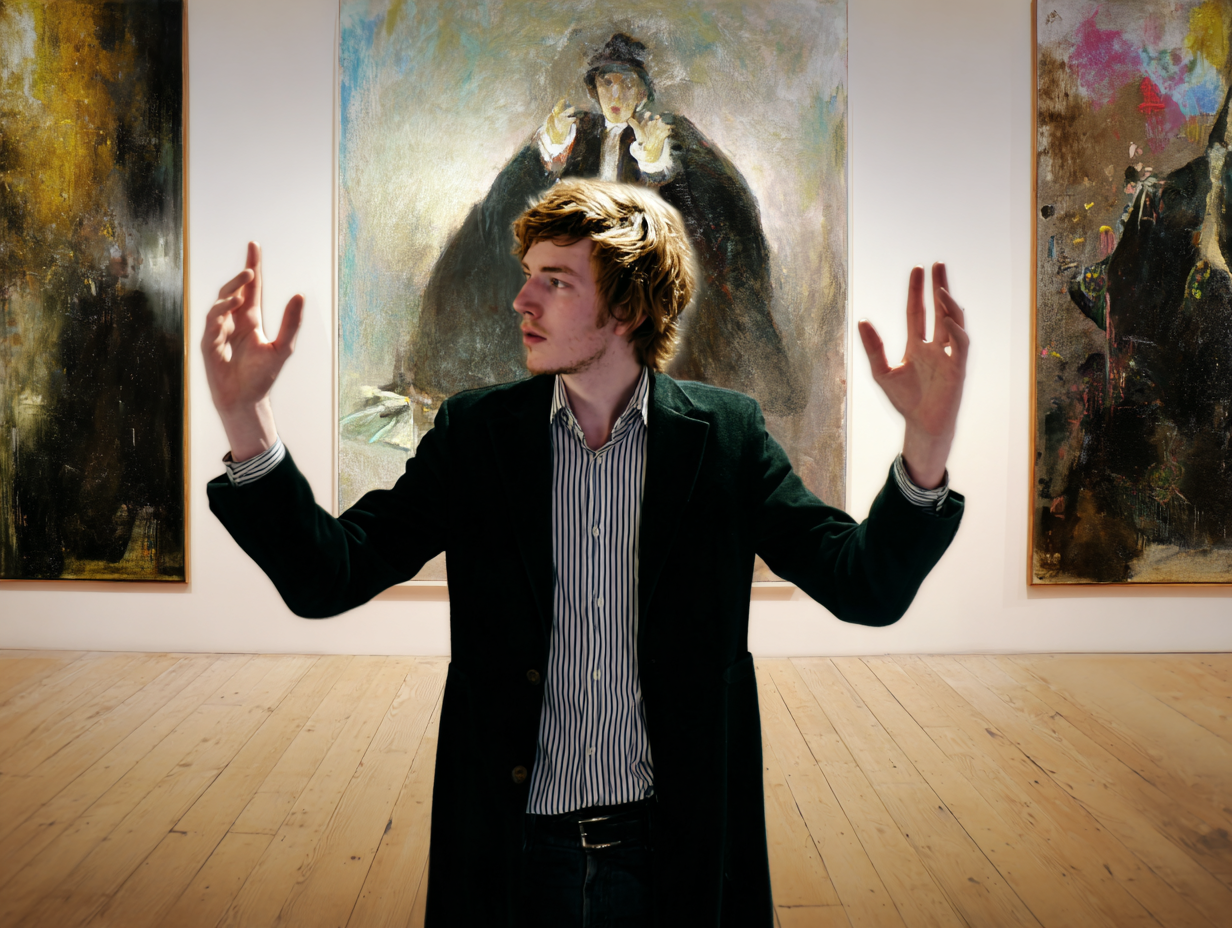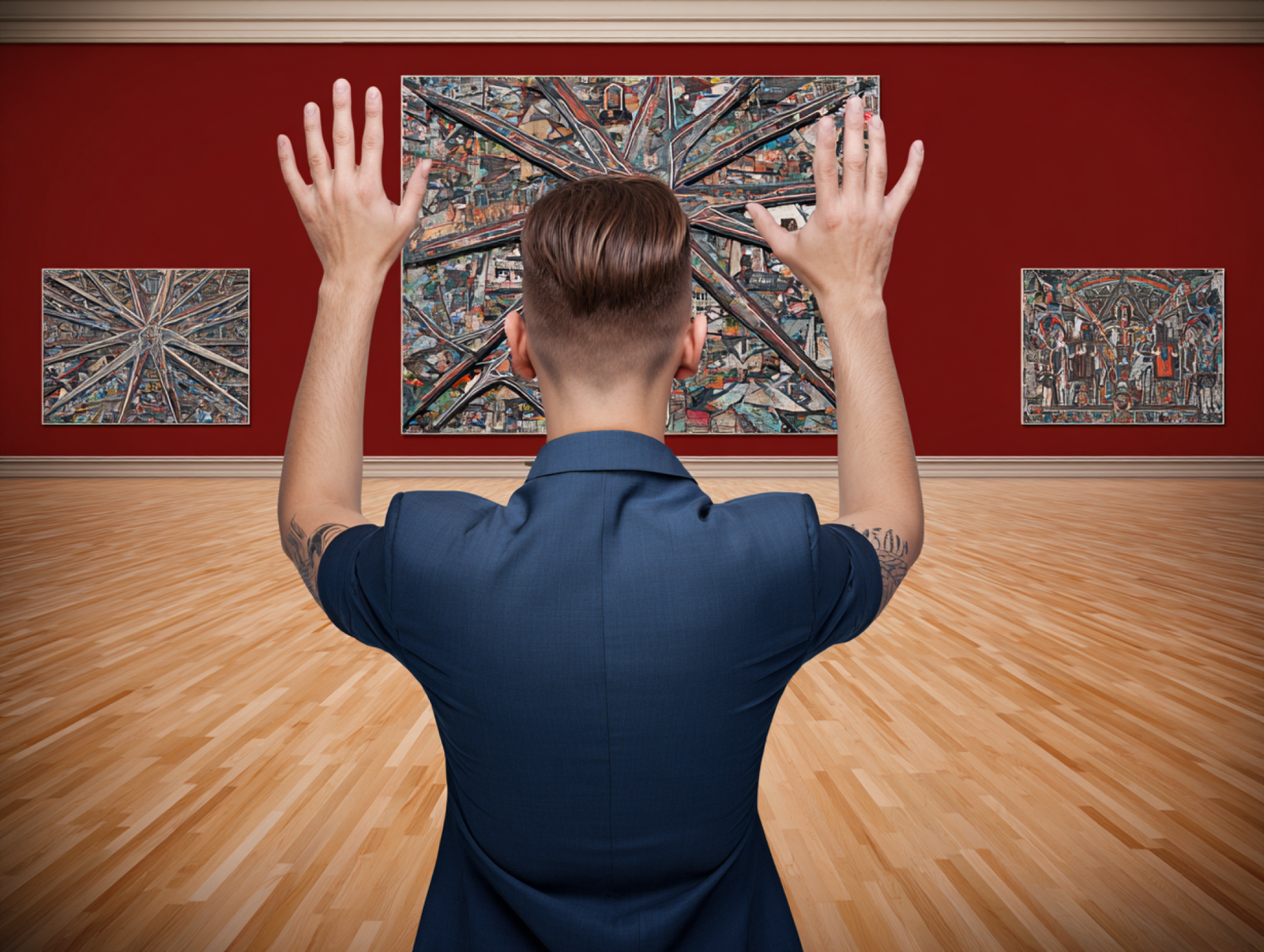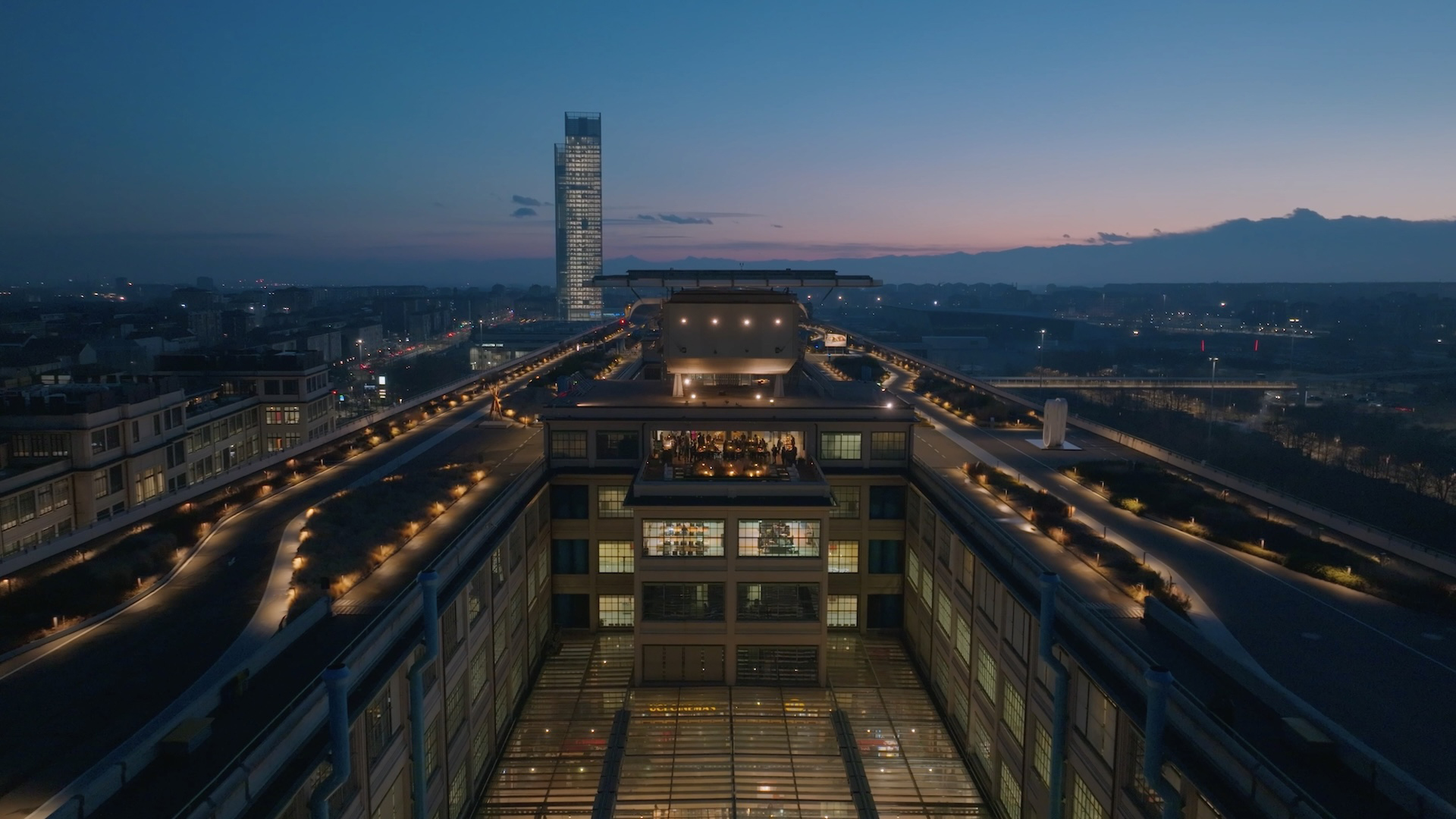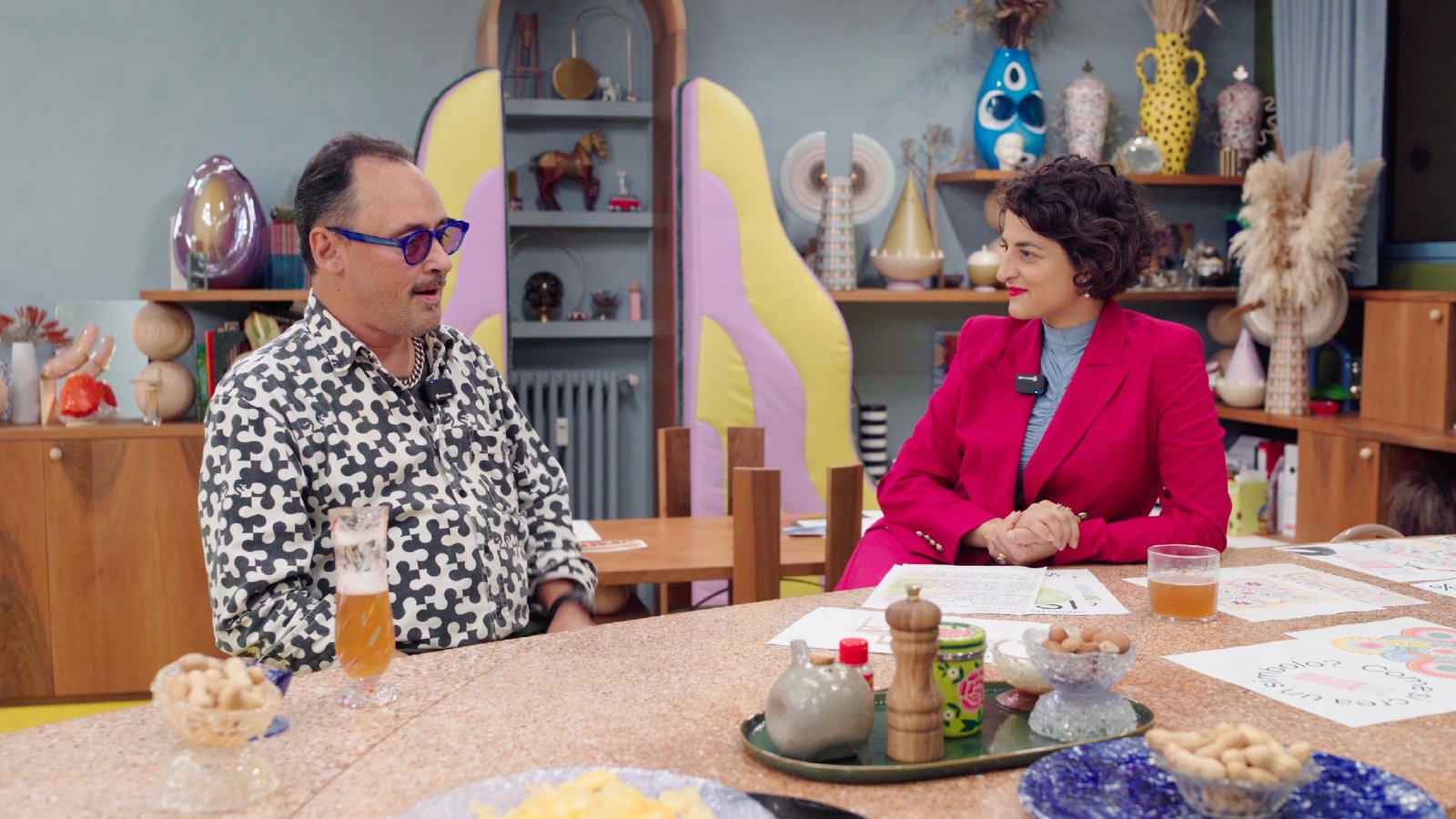
Who Is the Curator? What Do They Curate? Whom Do They Cure? Is Someone Unwell?
ho is the art curator really? Not an artist, nor a creator. A role born in the 1990s to organize global art, now a main character in the spotlight—often more visible than the artists themselves.
I’m always struck by how, during major contemporary art events, curators are announced with great fanfare and then interviewed as if they were “super directors” about to unveil their masterpiece—their long-awaited film that will move, enlighten, and explain the truth to all humanity.
But in reality, art curators create nothing. Otherwise, we would call them “artists.”
This figure emerged in the 1990s as an evolution—or perhaps involution—of the art critic. Major commissioners of biennials, fairs, and museums needed someone to organize a vast number of artists who, after the fall of the Berlin Wall in 1989, were beginning to arrive from the world’s peripheries. This role is still active today and has been absorbed not only by biennials but also by museums and even art fairs.
The art curator intercepts the commissioners and becomes an important filter—as if the artists, too many, too weak, and indistinct, could not, or were not able to, speak directly with the commissioners. Often, the curator becomes a necessary buffer to manage the needs and whims of artists—a sort of mediator between the commissioner and the artist.
 The image of an art critic inside a contemporary art gallery, Courtesy of Luca Rossi
The image of an art critic inside a contemporary art gallery, Courtesy of Luca Rossi
Nevertheless, the curator creates nothing but simply arranges others' works in a sequence that aligns with a certain theme or curatorial angle. When curating a monographic exhibition—what we call a “solo show”—the curator tries to optimize and best present the artworks and the overall attitude of that particular artist. But they never make the artwork.
If we look at the most recent Venice Biennales—or in fact, all major international art events—we witness a strong personalization of the curator, as if they were some kind of “super artist.” The final effect is quite strange, because since the curator is not an artist and creates nothing themselves, the moment they invite an enormous number of artists, the risk is that nothing truly emerges. That’s why, after these grand exhibitions, we’re left with a sense of emptiness, and the only thing we remember in the end is the name of the curator or curators. The Gioni Biennale, the Bonami Biennale, the Alemani Biennale.
But these are not artists. They’re not even directors who blend various artistic talents into a single, cohesive work. This forced personalization is extremely useful for media and social communication—because someone has to be on the cover. You certainly can't put 50, 100, or 200 artists on there.
Just a few days ago, the 54 artists of the upcoming Rome Quadriennale, opening in October 2025, were announced. But for over a year now, we’ve been seeing press conferences upon press conferences, social media interviews with the curators, articles presenting the curators and their visions.
This seems normal and expected to us now—but it’s as if, ahead of a new Quentin Tarantino film, journalists decided not to interview the director or actors, but someone else whose role is just to present the plot or the film itself.
Let’s be clear. The role of the curator as a proactive force, as an activator, facilitator, and enhancer of an artist’s work could be fundamental—provided they do not overshadow or overwhelm the artists and their works, declaring intentions for projects and pieces that don’t even exist.
Because in that case, the only outcome is emptiness.
No one is actually unwell.
And if someone were unwell, and the curator thought they had the cure, then perhaps they ought to become an artist themselves.
immagine di copertina: The image of an art critic inside a contemporary art gallery, Courtesy of Luca Rossi
“Luca Rossi” has been described by Fabio Cavallucci as the most interesting artistic personality in Italy, the ‘art world's pain in the ass’ (Nicolas Ballario) and the ‘new Vanessa Beecroft’ (Giacinto Di Pietrantonio). Since 2009, “Luca Rossi,” an open collective, blogger, critic, curator, artist, and controversial figure in the art system, has been trying to stimulate more critical discussion on a daily basis in the field of contemporary art as a subject that could play a fundamental role in our present. From his own critical reflections, very popular in the art world, has descended unconventional artistic planning, popularization and training projects with the creation in 2016 of the “Luca Rossi Art Academy & Coaching.” Some “critical nodes” developed over the years by Luca Rossi (“Evolved Ikea,” “Young Indiana Jones Syndrome” and “Grandparents Parents Foundation,” etc.) have entered the language of Italian art and changed the perspective and vision of many practitioners and others. In 2014, famous art critic Angela Vettese said that since reading Luca Rossi's texts, she has decided to no longer devote herself to art practice but only to theory.



